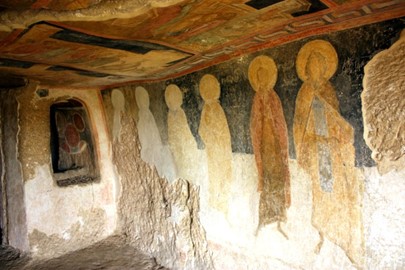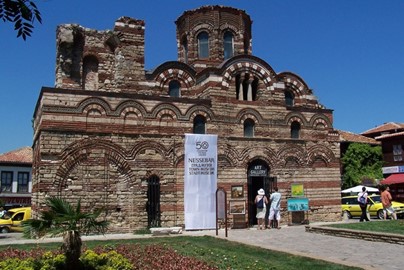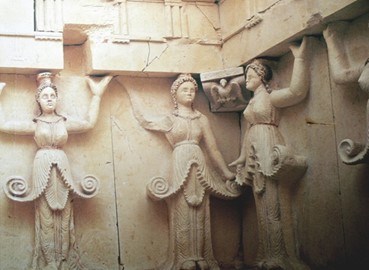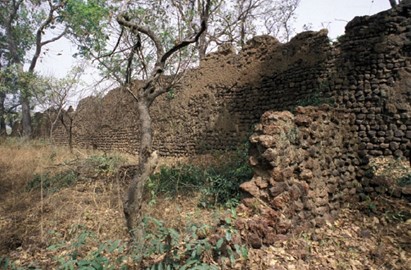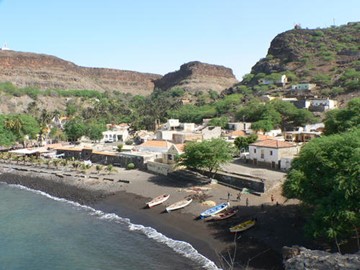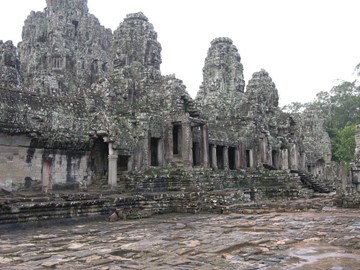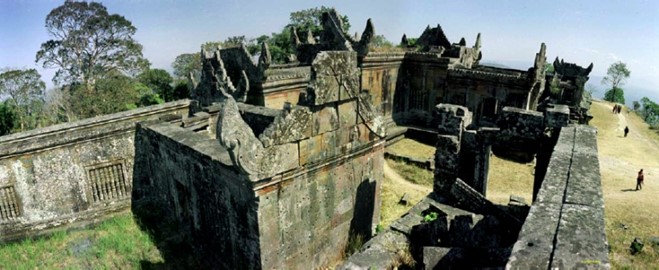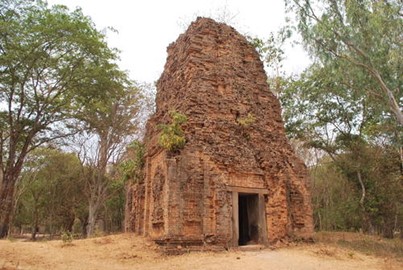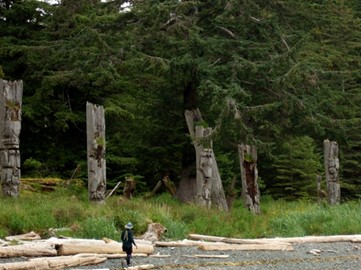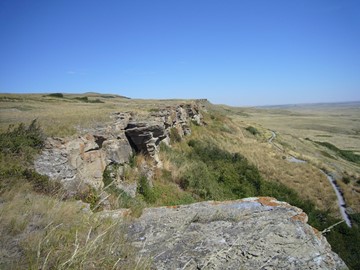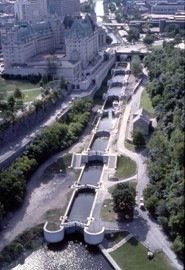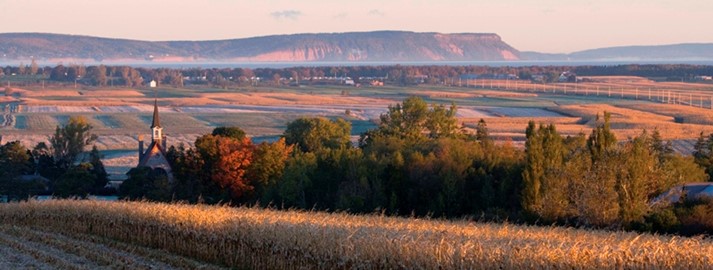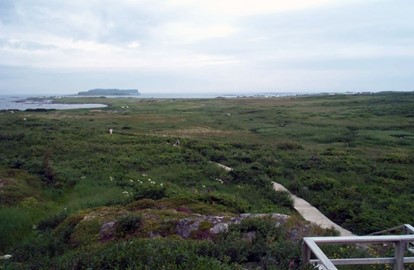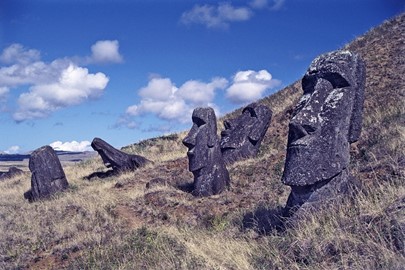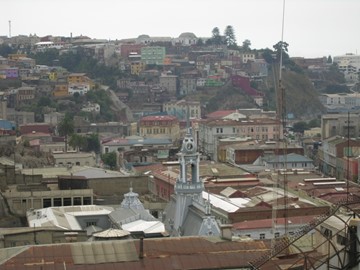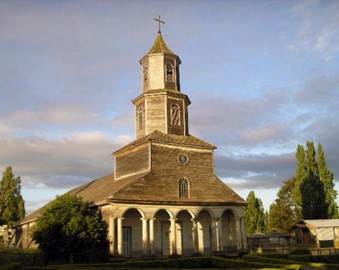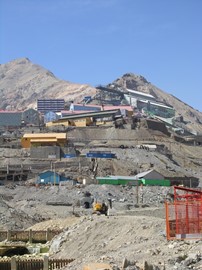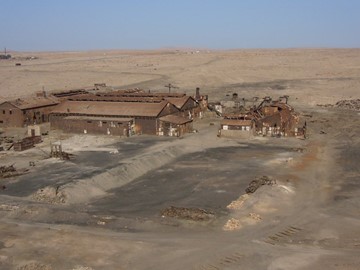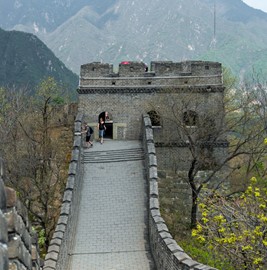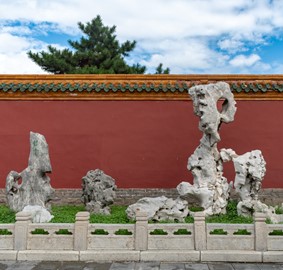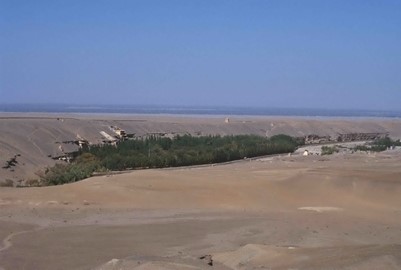category :: cultural
Rock Hewn Churches of Ivanovo
The Rock-Hewn Churches of Ivanovo, a UNESCO World Heritage site in Bulgaria, are a collection of medieval chapels, churches, and monasteries carved into cliffs along a river valley. Dating from the 13th and 14th centuries, these sanctuaries feature well-preserved frescoes that blend Byzantine art with local traditions, reflecting the spiritual devotion of monastic communities. Celebrated for their historical and artistic value, they offer a unique glimpse into Bulgaria’s medieval religious heritage.
Rila Monastery
Rila Monastery, a UNESCO World Heritage site in Bulgaria, is a stunning 10th-century Orthodox complex renowned for its architectural beauty and cultural significance. Nestled in a mountainous landscape, it features vibrant frescoes, intricate woodwork, and a striking blend of medieval and 19th-century styles, reflecting centuries of spiritual and artistic evolution. As a symbol of Bulgarian identity and resilience, it remains a vital center of Orthodox Christianity and heritage.
Nessebar
Nessebar, a UNESCO World Heritage site in Bulgaria, is an ancient coastal town celebrated for its rich history spanning over 3,000 years. Known as the 'Pearl of the Black Sea,' it boasts a remarkable blend of Thracian, Greek, Roman, Byzantine, and medieval Bulgarian architecture, including well-preserved churches adorned with frescoes. Recognized for its cultural and historical significance, it stands as a living testament to the region’s diverse civilizations.
Thracian Tomb of Sveshtari
The Thracian Tomb of Sveshtari, a UNESCO World Heritage site in Bulgaria, is a 3rd-century BCE masterpiece of Thracian architecture and art. This well-preserved burial chamber, featuring a unique decorative frieze of ten caryatid-like female figures, showcases exceptional craftsmanship and offers insight into Thracian funerary practices and beliefs. Celebrated for its historical and cultural value, it reflects the sophistication of an ancient civilization in the region.
Loropéni
Loropéni, a UNESCO World Heritage site in Burkina Faso, is a medieval archaeological marvel featuring the ruins of a fortified settlement with towering stone walls. Dating back over 1,000 years, it thrived between the 14th and 17th centuries as a hub of the trans-Saharan gold trade, occupied by the Lohron or Koulango peoples. Recognized as the country’s first UNESCO site in 2009, it stands as the best-preserved of several regional fortresses, offering a glimpse into West Africa’s precolonial history and arc... Read More
Cidade Velha
Cidade Velha, a UNESCO World Heritage site in Cabo Verde, is a historic coastal town established in the late 15th century as one of the first European colonial outposts in the tropics. Known as the birthplace of Cape Verdean culture, it features well-preserved remnants like the Royal Fortress of São Filipe, colonial churches, and a pillory, reflecting its role in the transatlantic slave trade and Portuguese maritime expansion. Recognized for its cultural and historical significance, it offers a window into ... Read More
Angkor
Angkor, a UNESCO World Heritage site in Cambodia, is a sprawling archaeological marvel of the Khmer Empire, flourishing from the 9th to 15th centuries. Renowned for its grand temples, including the iconic Angkor Wat with its intricate bas-reliefs, it showcases advanced architecture, urban planning, and hydraulic engineering. Recognized for its cultural and historical significance, it stands as a testament to the empire’s artistic brilliance and spiritual devotion.
Preah Vihear
The Temple of Preah Vihear, a UNESCO World Heritage site in Cambodia, is an 11th-century Khmer masterpiece perched atop a cliff, dedicated to the Hindu god Shiva. Renowned for its stunning architecture and intricate carvings, it reflects the spiritual and artistic zenith of the Khmer Empire. Recognized for its cultural and historical value, it stands as a striking symbol of ancient devotion and engineering prowess.
Sambor Prei Kuk
Sambor Prei Kuk, a UNESCO World Heritage site in Cambodia, is a 7th-century archaeological treasure from the pre-Angkorian Chenla Kingdom. This ancient capital features over 100 well-preserved brick temples adorned with intricate carvings, set amidst a forested landscape, showcasing early Khmer architectural innovation. Recognized for its historical and cultural significance, it offers a glimpse into the region’s early urban and religious development.
SGang Gwaay
SGang Gwaay, a UNESCO World Heritage site in Canada, is a remote Haida village site preserved since its abandonment in the late 19th century. Renowned for its weathered totem poles and cedar longhouses, it reflects the artistic mastery and cultural legacy of the Haida people amidst a pristine natural setting. Recognized for its historical and cultural value, it stands as a powerful symbol of Indigenous resilience and tradition.
Head Smashed In Buffalo Jump
Head-Smashed-In Buffalo Jump, a UNESCO World Heritage site in Canada, is an ancient Indigenous hunting site used for nearly 6,000 years. This dramatic cliff, where Plains peoples skillfully drove bison to their deaths, reveals sophisticated communal hunting techniques and offers rich archaeological evidence of pre-contact life. Recognized for its cultural and historical significance, it stands as a testament to Indigenous ingenuity and tradition.
Québec
Old Québec, a UNESCO World Heritage site in Canada, is a historic gem founded in 1608, showcasing North America’s best-preserved colonial fortified city. With its cobblestone streets, 17th- and 18th-century architecture, and landmarks like the Château Frontenac, it reflects French cultural roots and early European settlement. Recognized for its historical and architectural value, it stands as a living testament to Canada’s colonial past.
Lunenburg
Old Town Lunenburg, a UNESCO World Heritage site in Canada, is a well-preserved 18th-century British colonial settlement founded in 1753. Renowned for its colorful wooden architecture and grid layout, it reflects early European planning and maritime heritage as a historic fishing port. Recognized for its cultural and historical value, it stands as a charming snapshot of Canada’s colonial past.
Rideau Canal
The Rideau Canal, a UNESCO World Heritage site in Canada, is a 19th-century engineering feat completed in 1832, stretching 202 kilometers with 47 locks. Built for military defense and trade, this waterway, lined with historic fortifications and charming lockstations, remains fully operational today. Recognized for its historical and technological significance, it stands as a testament to Canada’s early infrastructure and ingenuity.
Grand Pré
Grand Pré, a UNESCO World Heritage site in Canada, is a historic landscape tied to the 17th- and 18th-century Acadian settlers. Known for its reclaimed marshlands and dyked farmlands, it reflects Acadian ingenuity and resilience, while also marking the site of their 1755 expulsion. Recognized for its cultural and historical significance, it stands as a poignant symbol of Acadian heritage.
Red Bay Basque Whaling Station
Red Bay Basque Whaling Station, a UNESCO World Heritage site in Canada, is a 16th-century archaeological site from Europe’s earliest industrial whaling ventures. Preserving sunken galleons, whale oil tryworks, and artifacts, it highlights the Basque whalers’ pivotal role in the global economy. Recognized for its historical significance, it stands as a testament to Canada’s early maritime and industrial past.
L’Anse aux Meadows
L’Anse aux Meadows, a UNESCO World Heritage Site in Canada, is an archaeological treasure showcasing the earliest known European settlement in North America. Discovered in 1960, this 11th-century Norse site features remnants of timber-framed buildings, ironworking evidence, and artifacts linked to Viking explorers, likely led by Leif Erikson. Its historical significance lies in proving pre-Columbian transatlantic contact, offering a tangible connection to the Age of Exploration. Today, it stands as a testam... Read More
Rapa Nui
Rapa Nui, the indigenous name of Easter Island, a UNESCO World Heritage site in Chile, is a remote island famed for its monumental moai statues, carved by the Polynesian Rapa Nui people between the 13th and 16th centuries. These iconic stone figures, set against volcanic landscapes and coastal cliffs, reflect a sophisticated ancient culture and its spiritual traditions. Recognized for its archaeological and cultural significance, it stands as a unique testament to human ingenuity and isolation.
Valparaíso
Valparaíso, a UNESCO World Heritage site in Chile, is a vibrant port city renowned for its 19th-century urban and architectural heritage. Its colorful hillside neighborhoods, funiculars, and eclectic buildings reflect its role as a key Pacific trade hub before the Panama Canal’s rise. Recognized for its cultural and historical value, it stands as a testament to Chile’s maritime and cosmopolitan past.
Churches of Chiloé
The Churches of Chiloé, a UNESCO World Heritage site in Chile, are a unique collection of 16 wooden churches built by Jesuit missionaries between the 17th and 19th centuries. Crafted without nails using local timber, these structures blend European architectural styles with Indigenous craftsmanship, reflecting the region’s cultural fusion. Recognized for their historical and artistic value, they stand as enduring symbols of faith and ingenuity.
Sewell Mining Town
Sewell Mining Town, a UNESCO World Heritage site in Chile, is an early 20th-century company town built into a steep Andean slope for copper miners. Its colorful wooden buildings, staircases, and industrial remnants showcase a unique urban design adapted to rugged terrain and a now-abandoned mining legacy. Recognized for its historical and cultural significance, it stands as a testament to Chile’s industrial past.
Humberstone and Santa Laura Saltpeter Works
Humberstone and Santa Laura Saltpeter Works, a UNESCO World Heritage site in Chile, are abandoned 19th- and early 20th-century mining towns in the Atacama Desert. Once thriving hubs of saltpeter extraction, their preserved machinery, worker housing, and public buildings reflect the nitrate boom’s social and industrial impact. Recognized for their historical significance, they stand as haunting relics of Chile’s economic past.
Great Wall
The Great Wall, a UNESCO World Heritage site in China, is an iconic fortification stretching thousands of kilometers, built from the 7th century BCE to the 16th century. Designed to protect against invasions, its watchtowers, battlements, and stone-and-brick construction showcase ancient Chinese engineering and military strategy. Recognized for its historical and architectural significance, it stands as a monumental symbol of resilience and ingenuity.
Imperial Palaces
The Imperial Palaces, a UNESCO World Heritage site in China, encompass the Forbidden City and Mukden Palace, grand residences of the Ming and Qing dynasties from the 14th to 20th centuries. These sprawling complexes, with their ornate halls, courtyards, and intricate designs, reflect imperial power, Confucian ideals, and architectural mastery. Recognized for their historical and cultural significance, they stand as enduring symbols of China’s dynastic legacy.
Mogao Caves
The Mogao Caves, a UNESCO World Heritage site in China, are a network of 492 Buddhist cave temples carved into a desert cliff from the 4th to 14th centuries. Adorned with vibrant murals and intricate statues, they represent a millennium of art, religion, and cultural exchange along the Silk Road. Recognized for their historical and artistic value, they stand as a treasure of ancient Buddhist heritage.
